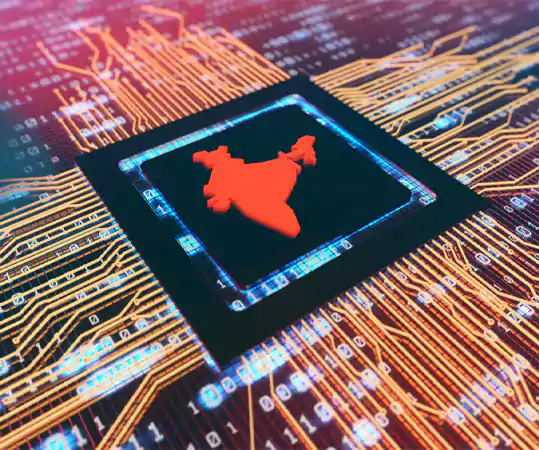
Backed by a large government-backed investment plan of $18 billion, India is setting the foundation to be a significant challenger in the world semiconductor market. New Delhi is positioning itself as a reasonable substitute on the global chip manufacturing map as geopolitical conflicts and supply chain fragility continue to shape the electronics scene.
The India Semiconductor Mission, a policy proposal that pledges to subsidize up to 50% of capital expenditure on chipmaking, is at the center of this plan. and related infrastructure, like testing and packaging plants. With their own programs, state governments are supplementing these incentives to produce a multi-layered support system designed to attract both local and foreign players.

Ten initiatives covering anything from manufacturing facilities to sophisticated packaging facilities have so far been greenlighted across six Indian states. Among the major changes is a $11 billion partnership between Tata Electronics and Taiwan’s Powerchip Semiconductor, scheduled to begin construction in Gujarat. U.S.-based Micron Technology, meanwhile, is building a sizable assembly and testing complex in Sanand, set to be ready by 2026.
These initiatives define a change in India’s strategic philosophy rather than only economic growth. Long relying on imports for important technologies, particularly semiconductors, India seems today determined to create a self-reliant electronics supply chain. Officials hope this change will lower weaknesses, improve national security, and create fresh avenues in high-tech manufacturing.
Still, the journey forward is difficult. Although India is a world center for semiconductor design talent, estimated to account for almost 20% of the chip design workforce, local manufacturing skills are lacking. Fields like materials science and photolithography. We must also think about economic truths. Chip manufacturing is very focused and capital-intensive. Many still view India as an emerging, rather than established, destination for advanced chipmaking despite its economic and demographic advantages. India’s semiconductor venture might transform its position in the world tech economy and tech gig economy from consumer to creator if successful.
